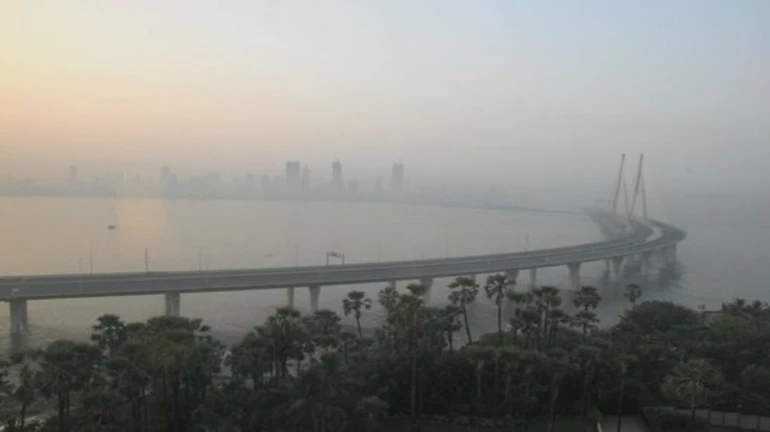
Major cities across Maharashtra including Mumbai, Pune, and Nagpur began experiencing deteriorating air quality starting Sunday, driven by a combination of changing wind patterns, high humidity, large-scale construction activities, and the widespread bursting of firecrackers for Diwali.
In Mumbai, the overall air quality was recorded in the moderate category on Sunday morning, though certain areas like the Bandra-Kurla Complex (BKC) reported very poor air quality levels. Similarly, Nagpur, which typically records an Air Quality Index (AQI) below 100, saw levels rise above 200 a significant spike attributed to the festive pollution. Experts anticipate a further dip in air quality in the coming days as Diwali celebrations continue.
Pune and Pimpri-Chinchwad experienced some of the most severe impacts, with AQI levels soaring into the very poor category. At Bhumkar Chowk in Wakad, Pune's AQI reached a hazardous 305 on Sunday afternoon, according to data from the Central Pollution Control Board.
Adding to the discomfort, temperatures in these regions also crossed 35°C, leaving citizens who were looking forward to a pleasant festive season feeling frustrated by the oppressive weather and pollution.
Environmental experts explain that post-monsoon changes in wind conditions, including reduced wind speeds, prevent pollutants and dust from dispersing. Humidity and vapor further trap particulate matter in the air. In addition to these seasonal factors, human activities are playing a major role in worsening the situation.
Large-scale infrastructure and real estate development projects including both residential and commercial constructions are generating high volumes of dust. Meanwhile, vehicular emissions continue to add ultrafine, soot-like particles into the atmosphere, leading to the formation of smog over urban areas.
With both natural and man-made factors contributing to the ongoing pollution crisis, concerns are mounting about the long-term impact on public health and urban livability across Maharashtra.
Air Quality Index (AQI) in cities
Mumbai | Pune | Nagpur
BKC – 301 | Shivajinagar – 244 | Wadi – 211
Colaba – 244 | Pashan-Panchvati – 121 | Babulkheda – 175
Deonar – 207 | Pune University – 116 | Civil Lines – 167
Air Quality Index
Index – Quality
0-50 Good
51-100 Satisfactory
101-200 Moderate,
201-300 Bad,
301-400 Very Bad
More than 400 – Extremely Hazardous
Experts warn that increased pollution levels can lead to respiratory and skin-related health issues. Smog tends to be heaviest during the early morning and late evening hours, so it's advisable to stay indoors during these times whenever possible.
People are also urged to avoid crowded areas, as exposure to polluted air in such places can be more intense. Additionally, health professionals recommend avoiding cold drinks and oily foods, which can further aggravate respiratory conditions.
Children and the elderly are particularly vulnerable to the harmful effects of air pollution. Families are encouraged to take extra precautions to protect these age groups, ensuring they remain indoors and limit exposure to outdoor air during periods of high pollution.
Also Read: BMC's Master Plan for National Park Draws Sharp Criticism for Diluting Eco-Sensitive Zone





